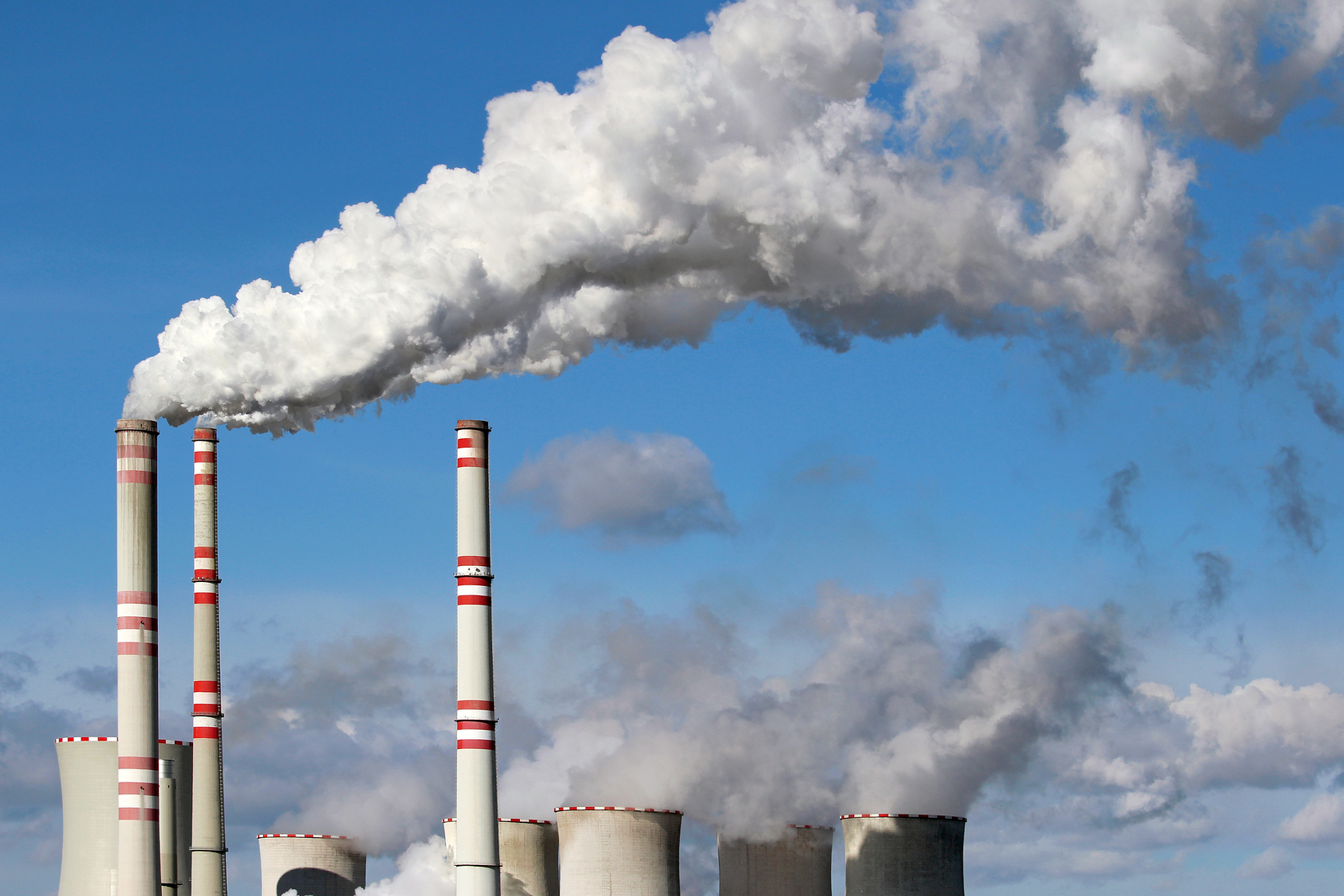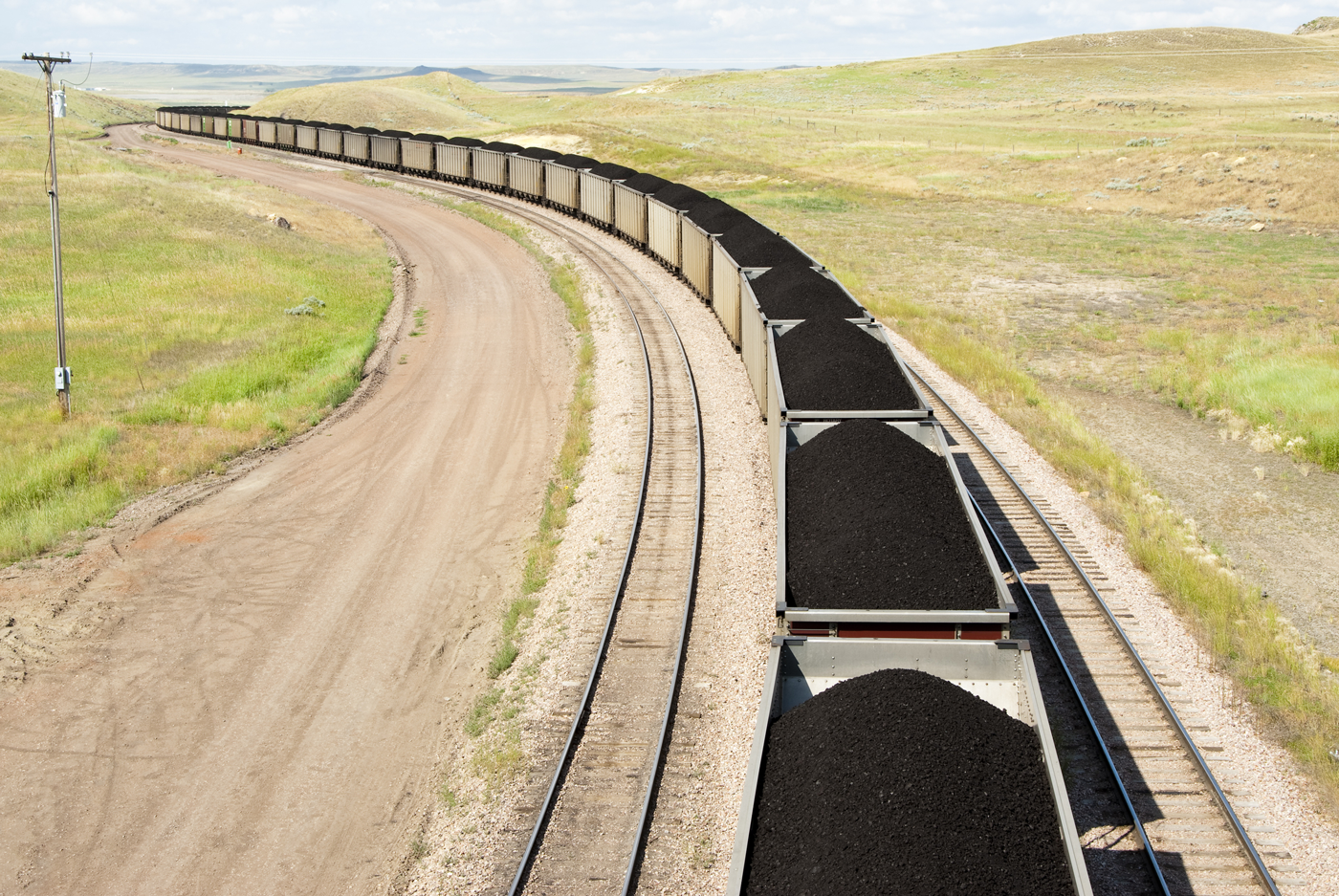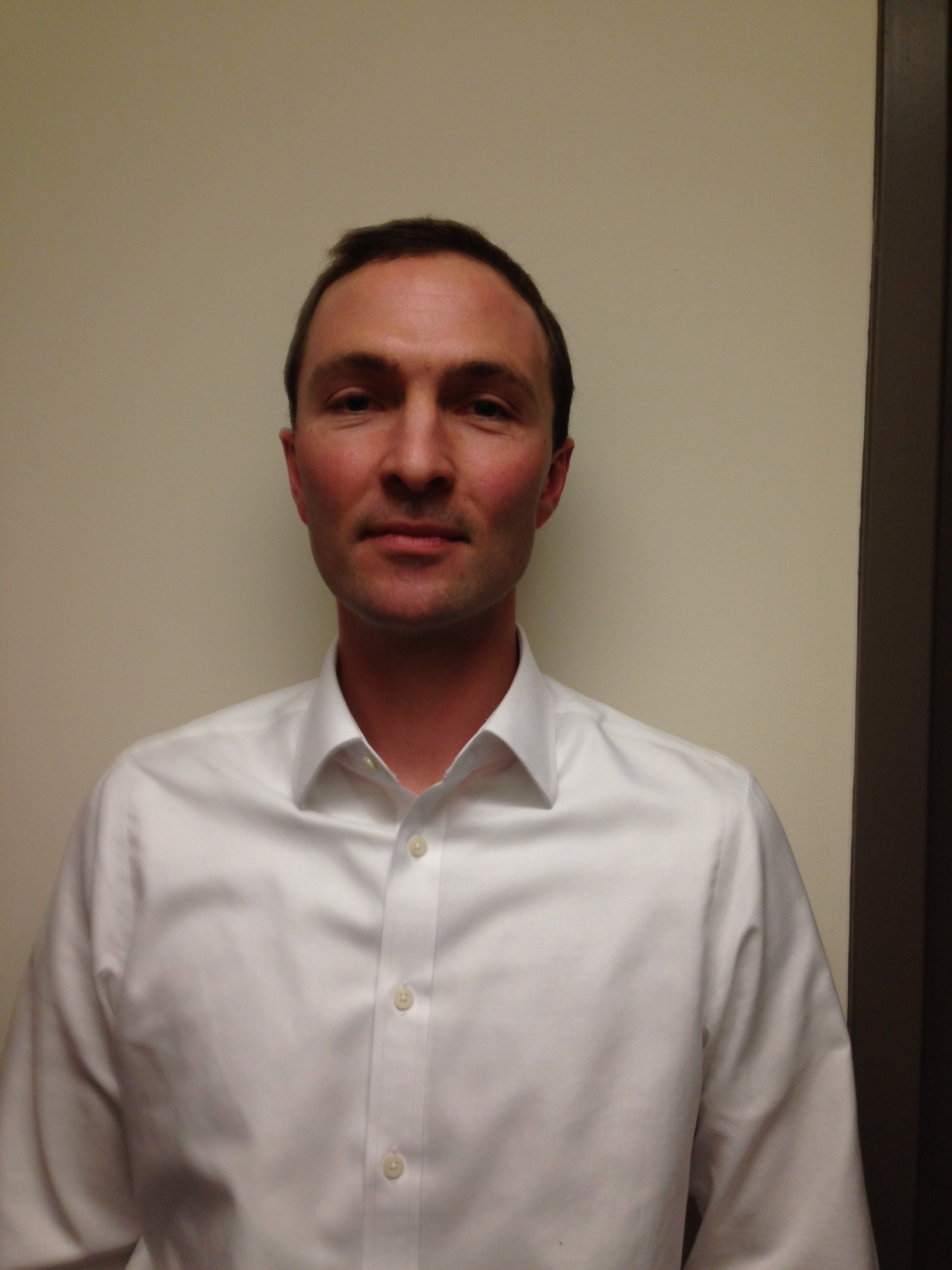A Regional Model for Reducing Power Plant Emissions
Air Date: Week of June 6, 2014

The new regulations crack down on CO2 emissions from power plants (Bigstockphoto.com)
Some critics argue that EPA’s proposed rules to reduce global warming emissions from power plants will prove costly. But as Environment Northeast’s Peter Shattuck tells us, the Regional Greenhouse Gas Initiative, a cap and trade program in Northeastern states shows that carbon regulation can cut power plant emissions and raise money at the same time.
Transcript
CURWOOD: Well, despite a 2007 US Supreme Court decision that requires the government to regulate CO2 as a pollutant, legal challenges to the EPA power plant rules are expected. The precedents to the Clean Power Plan include a cap and trade program to reduce sulfur and nitrogen pollution from power plants that began back in 1990. And today California has a cap and trade program to cut global warming gases, and the Regional Greenhouse Gas Initiative, or RGGI, is a five year old collaborative effort among nine northeastern states related to their power sector. RGGI has just published a report detailing progress to date, and the lead author Peter Shattuck, director of market initiatives with Environment Northeast, came into our studio to talk about it and the new EPA rules. Welcome to the program.
SHATTUCK: Thanks, glad to be here.

The coal industry has complained that the new rules disproportionately target coal (photo: bigstockphoto.com)
CURWOOD: What’s your reaction to this proposed regulation?
SHATTUCK: The proposal is important because it starts a process that really grounds the climate debate in a substantive discussion about what we can do and what is being done to reduce greenhouse gas emissions already. So there are some say it doesn't go far enough, some say it goes too far. I think when this process is finally resolved, we’re going to see 50 states having to do something about their CO2 pollution so it's important for a step in that direction.
CURWOOD: Now, this rules proposal from EPA is not a one-size-fits-all. EPA is instead giving states the power to figure out a way to get to these targets on their own. Can you explain that to us?

Hurricane Sandy in 2011 brought home the impact of climate change in the United States (photo: bigstockphoto.com)
SHATTUCK: It's an important element of this proposal...is the decision to base the targets on where states are right now and what they're capable of in the future, and this proposal effectively says use what you have now but insure that you are reducing emissions from a diversity of potential approaches from building cleaner sources of generation into investing in energy efficiency to just using the cleaner sources of power that we have with greater frequency.
CURWOOD: Now, what you think of this state-by-state approach? How fair is it to say that maybe EPA's letting industry off a bit easy here?

Steve Curwood with Peter Shattuck (photo: Emmett FitzGerald)
SHATTUCK: That would be one of the criticisms, that if you had a uniform standard you would probably get the dirtier states to clean up more quickly from a CO2 perspective. The challenge is, states are starting from different places. If you look through the lens of what we've seen here in the northeast, we’ve made a lot of investments in cleaner power and cleaning up existing power plants, but that leaves us with a fundamentally different starting point. So there's inherently a political trade-off. If you try to hold Midwestern states that are much more dependent on coal to a similar standard, the economic impacts would be a lot greater, so I think there's inherently some politics at play, but that is the essence of policymaking.
CURWOOD: There’s criticism from the environmental advocacy side who say that look, a 30 percent reduction based on the level of CO2 in the atmosphere in 2005 doesn't really make a lot of sense since there have been a fair amount of reductions since then. What's your opinion?
SHATTUCK: I think the level of stringency, the level of ambition is clearly important, but more important is to get the process started. So we have an interesting case study here in the Northeast with the Regional Greenhouse Gas Initiative where emissions have dropped by almost half since states, including Massachusetts, launched the program only five years ago. And what that led to was a decision by participating states to increase the level of ambition, and we could well see something similar once a starting point is established, if we end up making faster progress, or need to act more quickly, we can do that down the road.

Peter Shattuck (photo: Emmett FitzGerald)
CURWOOD: So you’ve been involved in the implementation of the Regional Greenhouse Gas Initiative here in the Northeast. How well would you say that this multistate approach is working?
SHATTUCK: I think it's worked very well to show that a market-based program, a cap-and-trade program - dirty word that it is - can be effective. It has led to this significant drop in emissions that we’ve seen in the last five years and amazingly we've actually seen electricity prices drop at the same time.
CURWOOD: Wait a second, Peter, you’re saying in the Northeast CO2 emissions have gone down by what, some 40 odd percent, and the price electricity has gone down?
SHATTUCK: That's right, so it's very helpful in rebutting some of the criticism of this proposed regulation that it will necessarily cause electricity prices to increase. In fact, even the RGGI states before they launched this program projected a modest increase in prices. Instead we’ve seen a decline and I think that's an important reflection of the fact that a market-based program is intended to drive innovation, yet we can only predict at any one point in time what we know. If we could predict innovation it wouldn't be innovation, so what you have by setting a price on pollution you create incentives for people to innovate, that tends to happen, and you get lower cost than anticipated.
CURWOOD: To what extent do you think of the RGGI program, the Regional Greenhouse Gas Initiative, will serve as a model for other states to follow as they try to meet the requirements of the proposed EPA rules?
SHATTUCK: I think RGGI's going to get a lot of attention as an effective means of meeting these new requirements from the EPA. An article by Coral Davenport at the New York Times had two of the largest coal generators in the country stating their preference for flexible market-based programs like RGGI, and when you have companies like AEP and First Energy saying, “You know what? This makes sense. Cap-and-trade is the most cost-effective way of reducing emissions, it creates the most flexibility to basically get deeper reductions for less money”, I think people start to take a second look at programs like RGGI, and on top of that some of the funds that the RGGI states have raised through the program -- approaching $2 billion now -- to reinvest in energy efficiency, clean energy in the region, I think that's appealing to other states, the idea of maintaining control over the value of the new currency of these cap-and-trade programs, so maintaining control through the purse strings, I think, is something that fundamentally supports the appeal of RGGI beyond the region.
CURWOOD: Where does the money come from for the Regional Greenhouse Gas Initiative, the RGGI program?
SHATTUCK: The way RGGI works is that power plants have to buy a permit for each ton of CO2 that they dispose of in the atmosphere. These are called allowances, they are sold off in quarterly auctions where power plants bid for the right to pollute. The revenue that's raised is sent back to states to reinvest in energy efficiency and clean energy programs. The quantity of those permits decreases over time, and that is the cap declining, that's what sends the market signal to power plant owners and others to invest in cleaner alternatives and reduces CO2 pollution over time.
CURWOOD: So how much money has this process raised?
SHATTUCK: To date it has raised in the neighborhood of $1.8 billion.
CURWOOD: And what's the price for a ton of carbon right now under this plan?
SHATTUCK: In the last auction it was $4 a ton.
CURWOOD: So that's pretty cheap.
SHATTUCK: That is pretty cheap and folks often say how does that compare to say California where they have their own cap-and-trade program. Prices are about three times as high. And the important thing to remember is we’re not measuring the success of RGGI in terms of how high the carbon price is. We should be measuring success of these programs in terms of how far carbon dioxide emissions have declined, and to that extent, if it ends up being cheaper, lower cost, to reduce CO2 pollution than we anticipated, that's a good thing. So to have low allowance prices as long as the program’s working, as long as it's generating emissions reductions, is not a bad thing.
CURWOOD: What's the legal viability of this proposed rule on existing power plants? Industry says that they're going to challenge it tooth and nail, How successful do you think they will be based on the research you've done?
SHATTUCK: I think they've got an uphill challenge, especially with the recent decision by the Supreme Court around the cross state air pollution rule and this was a rule to use market-based programs, use cap-and-trade programs, to reduce other sorts of pollution from power plants that was challenged in the courts. The Supreme Court said, “You need to give deference to the EPA, they know what they're doing, they're the experts, let them have their go”, and I think the same should apply to this rule here.
CURWOOD: Peter Shattuck is the Director of Market Initiatives for Environment Northeast. Thanks so much for coming by, Peter.
SHATTUCK: Thanks for having me.
Links
Living on Earth wants to hear from you!
Living on Earth
62 Calef Highway, Suite 212
Lee, NH 03861
Telephone: 617-287-4121
E-mail: comments@loe.org
Newsletter [Click here]
Donate to Living on Earth!
Living on Earth is an independent media program and relies entirely on contributions from listeners and institutions supporting public service. Please donate now to preserve an independent environmental voice.
NewsletterLiving on Earth offers a weekly delivery of the show's rundown to your mailbox. Sign up for our newsletter today!
 Sailors For The Sea: Be the change you want to sea.
Sailors For The Sea: Be the change you want to sea.
 The Grantham Foundation for the Protection of the Environment: Committed to protecting and improving the health of the global environment.
The Grantham Foundation for the Protection of the Environment: Committed to protecting and improving the health of the global environment.
 Contribute to Living on Earth and receive, as our gift to you, an archival print of one of Mark Seth Lender's extraordinary wildlife photographs. Follow the link to see Mark's current collection of photographs.
Contribute to Living on Earth and receive, as our gift to you, an archival print of one of Mark Seth Lender's extraordinary wildlife photographs. Follow the link to see Mark's current collection of photographs.
 Buy a signed copy of Mark Seth Lender's book Smeagull the Seagull & support Living on Earth
Buy a signed copy of Mark Seth Lender's book Smeagull the Seagull & support Living on Earth

